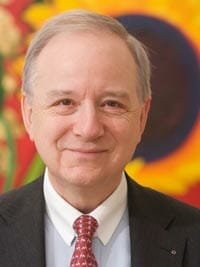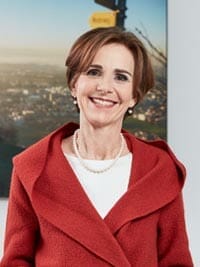
This is what our shareholders have to say about us

RealUnit Schweiz AG is an innovative, dynamic company, which is a world leader in
money matters.
For the conservative investor looking to the future.
Dr. Jürg Conzett
Founder of the MoneyMuseum Zurich

As a woman and business owner, holistic financial planning is important to me.
RealUnit Schweiz AG helps me secure my assets sustainably and over the long term.
Beatrice Isenegger
Dipl. Architect ETH

Opposites are complementary: following this guiding principle, the share token of RealUnit Schweiz AG enables me to digitally store real assets myself in an inflation- and crisis-proof manner.
Prof. Dr. Edy Portmann
Professor of Informatics at the University of Freiburg

Real assets are indispensable for freedom, prosperity and peace. That is why I am a shareholder of RealUnit.
Prisca Würgler
Graswurzle Managing Director, Publisher of DIE FREIEN magazine

The RealUnit offers people with modest assets a relatively safe, trustworthy and easy way to make saving attractive again.
Hans-Rudolf Zulliger
Board of Trustees of the Foundation for the Third Millennium in Zurich